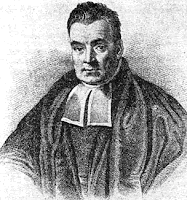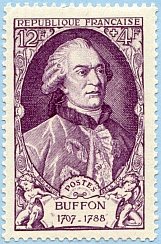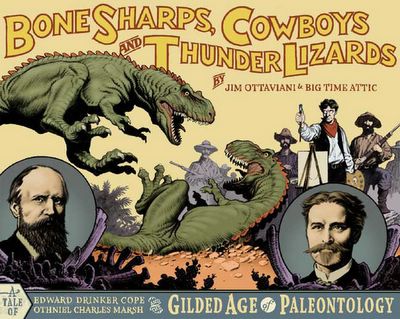
Abstract [edit]: We describe an early-juvenile specimen and a late-juvenile specimen, both referable to the oviraptorosaur Similicaudipteryx, recovered from the Lower Cretaceous Yixian Formation of western Liaoning, China. The two specimens have strikingly different remiges and rectrices, suggesting that a radical morphological change occurred during feather development, as is the case for modern feathers.
However, both the remiges and the rectrices are proximally ribbon-like in the younger specimen but fully pennaceous in the older specimen, a pattern not known in any modern bird.
In combination with the wide distribution of proximally ribbon-like pennaceous feathers and elongate broad filamentous feathers among extinct theropods, this find suggests that early feathers were developmentally more diverse than modern ones and that some developmental features, and the resultant morphotypes, have been lost in feather evolution.
Note: The blog will be taking a short break until the middle of next week.


















































